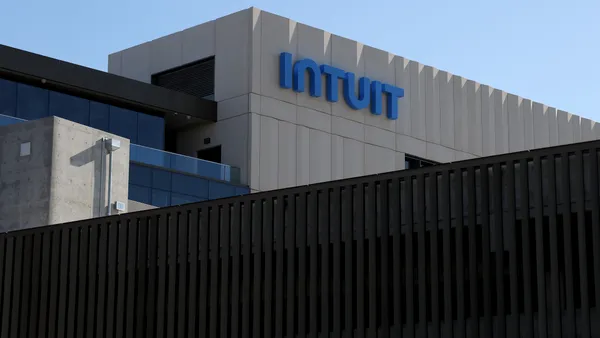Silicon Valley Bank’s collapse in March and the subsequent departure of many of its executives and workers shines a light on the talent and cultural minefields that finance leaders of acquiring companies face when seeking to blend two companies.
Two weeks after Santa Clara, Calif.-based SVB failed, it was acquired by First Citizens on March 27. Since then, the San Francisco Standard reported on the “cultural differences” between the two banks that is leading employees to jump ship.
Of course, the impetus behind many SVB employees leaving the firm, including the former CEO Gregory Becker and former CFO Daniel Beck, is a lot simpler than some are making it out to be, according to Thomas Smale, CEO of business brokerage FE International.
“The main reason for the departure of key SVB figures is quite simple,” he said. “Organizations do not need two people with the same title sitting in the same seat and people in these seats at SVB are leaving because their roles are redundant.”
Financially driven teams
“Especially when you're combining two teams or two companies, that will affect all sorts of different things like employee retention, and also how motivated teams are,” said Smale.
Although not directly related to culture, compensation is a big part of this, he said.
“In some companies, you might have a team that are financially driven by bonuses and commission, like best pay in the industry,” and, in another business, you might have people who are totally personality wise and not so motivated by compensation packets, said Smale.
In the case of SVB, some employees were dissatisfied with benefits packages, which led them to seek employment elsewhere.
“As soon as you combine two companies together, suddenly you're gonna have kind of some conflicts there in almost all cases, and that's generally quite difficult to figure out in advance,” said Smale.
That’s why, according to Smale, senior leaders at companies that display a poor cultural fit during the M&A process are the first to go.
“You only need to keep one senior person and then the teams will generally be kept separate so you can keep the culture as close as you possibly can. So the two organizations can’t just adhere to the parent company culture, it just doesn't work,” he said.
Internal culture disconnect
Another key reason why cultural fits do not always work during M&A deals, is that a lot of times senior management does not understand their internal culture as well as they think they do, according to Smale.
“Cultural trends tend to be driven by the CEO, or the chief marketing officer or chief people officer,” said Smale. “It's the job of the acquirer to figure out the cultural disconnects post sale,” he said.
Just because C-suite leaders know their company’s core values and things of that nature, does not necessarily mean they know the inner workings of culture within the company, according to Smale. Additionally, at the C-suite level during the deal making process, potential cultural challenges are often ignored, he said.













